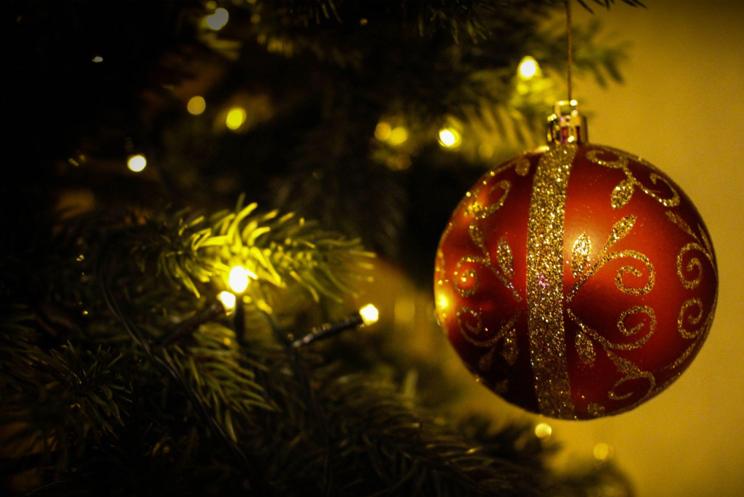
The Convenience and Affordability of Artificial Christmas Trees
Artificial Christmas trees have caught the attention of holiday decorators worldwide because of their numerous advantages. They are convenient, low maintenance, and easy to store. No more dealing with fallen needles or hauling the bulky tree stand from the basement. Moreover, unlike natural trees, artificial trees can be used for several years, which makes them more cost-effective in the long run.
Additionally, the design options for artificial trees have become increasingly elaborate over the years. Whether you prefer a classic evergreen, a sleek white tree, a metallic tree, or a colorful one, there are numerous options. Plus, you can always add your decorations to make it uniquely yours.
The Sustainable Aspect of Artificial Christmas Trees
As the world becomes more aware of the pressing need to protect the environment, sustainability has become a significant consideration for many people. Artificial Christmas trees have been seen as a solution to the environmental problems created by natural trees. According to the National Christmas Tree Association, over 95% of Christmas trees sold in the United States are grown on tree farms, meaning they consume valuable water resources and are treated with pesticides. Artificial trees, however, do not use up as many resources and can be recycled.
Some might argue that artificial trees are not as eco-friendly because they are often made from plastic, which is not biodegradable. However, many companies are taking the environment into account by using materials like recycled PVC, recycled aluminum, and even biodegradable materials like paper and cornstarch to make their trees. Therefore, the sustainability of artificial trees cannot be dismissed outright.
The Impact on the Circle of Life
As with anything, there are pros and cons to using artificial Christmas trees. One of the main concerns critics raise is that artificial trees disrupt the natural cycle of life. They argue that real trees bring life to forests and provide habitats for wildlife, while fake trees do not have the same positive impact. However, it is essential to consider that natural trees not grown sustainably and responsibly can result in deforestation and habitat destruction.
Moreover, it is worth noting that the circle of life can manifest in different ways. For example, artificial trees, which can be reused and provide convenience, may enable families to spend more time together during the holiday season. This is because they eliminate the need to venture into the woods to cut down a tree or spend hours choosing and cutting a tree at a tree farm. By empowering people to simplify their holiday traditions, artificial trees allow more time to engage in meaningful activities with loved ones.
In conclusion, the increasing popularity and rising appreciation for artificial Christmas trees indicate a coming of age for simplicity and empowerment. It is essential to recognize that the pros and cons of using artificial trees exist and that their sustainability and impact on the circle of life cannot be ignored. However, for those who seek the convenience, affordability, and sustainability that artificial trees provide, there are numerous options available that align with their values. Ultimately, the decision on whether to use an artificial or natural tree during the holiday season is a matter of personal preference and individual values.
